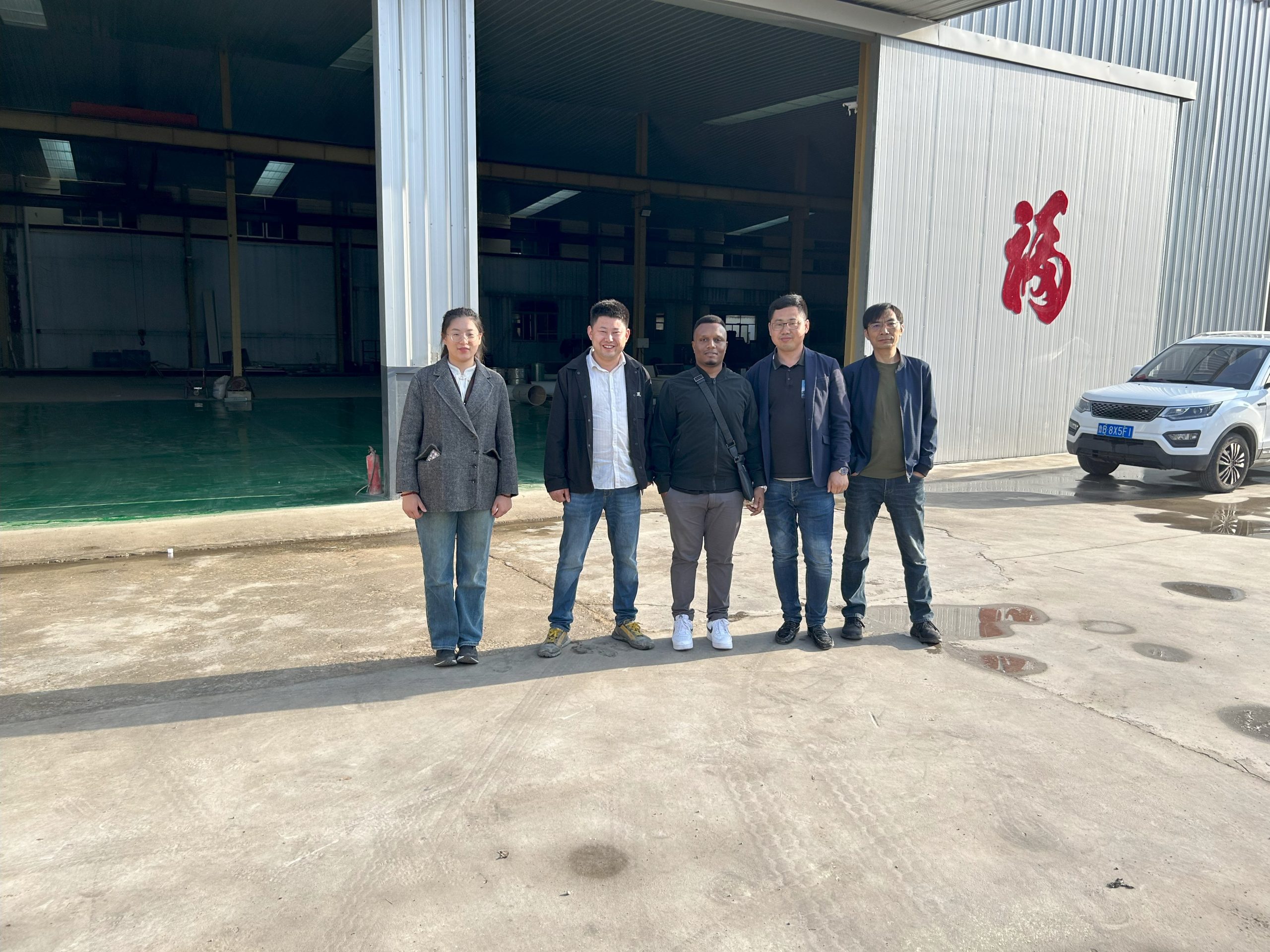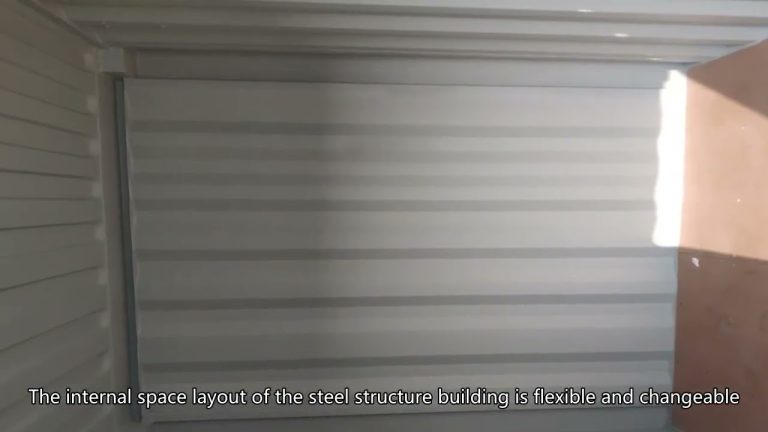Steel wind power tower a towering symbol of clean energy
Table of Contents
Advantages of Steel Wind Power Towers in Harnessing Clean Energy
Steel wind power towers have become a towering symbol of clean energy in recent years. These structures play a crucial role in harnessing the power of wind to generate electricity, providing a sustainable and environmentally friendly alternative to traditional fossil fuels. The use of steel in wind power towers offers a number of advantages that make them an ideal choice for renewable energy projects.
One of the key advantages of steel wind power towers is their durability and strength. Steel is a highly resilient material that can withstand the harsh environmental conditions that wind turbines are exposed to. This means that steel towers have a longer lifespan than towers made from other materials, reducing the need for frequent maintenance and replacement. This durability also makes steel wind power towers a cost-effective option in the long run, as they require less upkeep and repair.
In addition to their durability, steel wind power towers are also highly versatile. Steel can be easily shaped and molded into different designs, allowing for the construction of towers of varying heights and sizes to suit the specific needs of a wind farm. This flexibility in design makes steel towers a practical choice for projects in a wide range of locations, from flat plains to mountainous terrain.
Furthermore, steel wind power towers are relatively lightweight compared to other materials, making them easier to transport and install. This can significantly reduce the time and cost involved in setting up a wind farm, allowing for quicker deployment of clean energy solutions. The lightweight nature of steel towers also means that they have a smaller environmental footprint during construction, as they require less material and energy to manufacture and transport.
Another advantage of steel wind power towers is their recyclability. Steel is one of the most recycled materials in the world, with a high recycling rate that helps to reduce the demand for new raw materials. This makes steel towers a sustainable choice for renewable energy projects, as they can be easily dismantled and recycled at the end of their lifespan. By choosing steel wind power towers, developers can help to minimize the environmental impact of their projects and contribute to a more circular economy.
In conclusion, steel wind power towers offer a range of advantages that make them an attractive option for harnessing clean energy. Their durability, versatility, lightweight construction, and recyclability make them a practical and sustainable choice for wind farm developers. As the demand for renewable energy continues to grow, steel wind power towers will play an increasingly important role in the transition to a more sustainable energy future. By investing in steel towers, we can help to create a cleaner and greener world for future generations.
The Environmental Impact of Steel Wind Power Towers in Promoting Sustainability
Steel wind power towers have become a towering symbol of clean energy in the fight against climate change. These structures play a crucial role in harnessing the power of the wind to generate electricity, providing a sustainable alternative to fossil fuels. However, the environmental impact of steel wind power towers is a topic of much debate among experts and environmentalists.
One of the key benefits of steel wind power towers is their ability to reduce greenhouse gas emissions. By generating electricity from wind energy, these towers help to decrease the reliance on fossil fuels, which are a major contributor to global warming. This shift towards renewable energy sources is essential in mitigating the effects of climate change and promoting a more sustainable future.
In addition to reducing greenhouse gas emissions, steel wind power towers also have a relatively low carbon footprint compared to other forms of energy generation. The production of steel for these towers does require energy and resources, but the long-term benefits of clean energy production far outweigh the initial environmental impact. Furthermore, steel is a highly recyclable material, which means that old wind power towers can be repurposed and reused, further reducing their environmental impact.
Another environmental benefit of steel wind power towers is their minimal impact on land and wildlife. Unlike traditional power plants that require large amounts of land for construction and operation, wind power towers can be built on existing farmland or in remote areas with minimal disruption to the surrounding environment. Additionally, the rotating blades of wind turbines pose a relatively low risk to wildlife compared to other forms of energy generation, such as coal mining or oil drilling.

Despite these environmental benefits, steel wind power towers are not without their drawbacks. The production and transportation of steel for these towers can result in carbon emissions and other pollutants, which can contribute to air and water pollution. Additionally, the construction of wind farms can have an impact on local ecosystems and wildlife habitats, particularly if they are located in sensitive areas.
To mitigate these environmental impacts, it is important for developers and policymakers to carefully consider the location and design of wind power projects. By conducting thorough environmental assessments and engaging with local communities and stakeholders, it is possible to minimize the negative effects of steel wind power towers on the environment. Additionally, ongoing research and innovation in the field of renewable energy can help to further improve the sustainability of wind power generation.
In conclusion, steel wind power towers are a vital component of the transition to a more sustainable energy future. While they do have some environmental impacts, the benefits of clean energy production far outweigh the drawbacks. By carefully considering the environmental impact of steel wind power towers and implementing measures to mitigate these effects, we can continue to harness the power of the wind in a way that is both environmentally responsible and economically viable.








